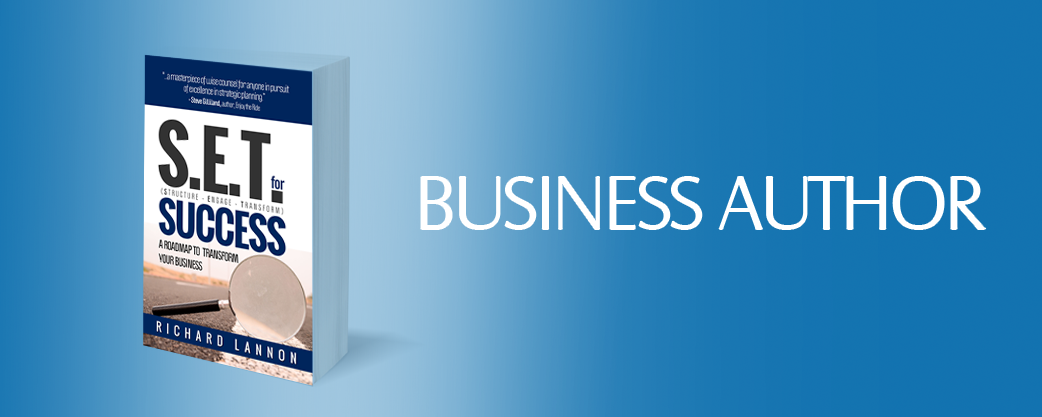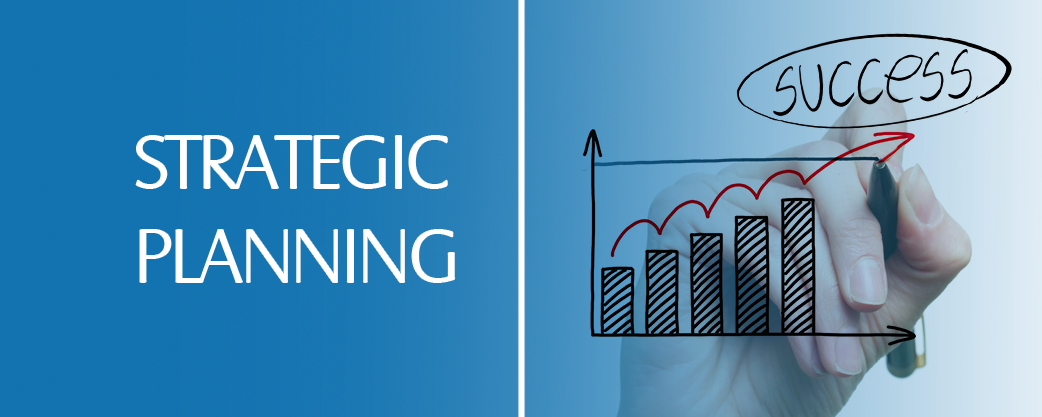9 Lessons Learned from Facilitating Bottom-Up Solution Sessions – Getting it on the Strategic Agenda
Taking the time to create lessons learned is a powerful way to improve your facilitation skills and abilities. I have learned this lesson from years of facilitating meetings, workshops and planning sessions across diverse industries needing to apply an approach to solving business issues. For example, some […]
Read more →









